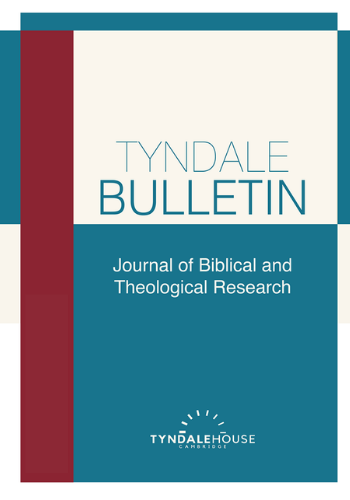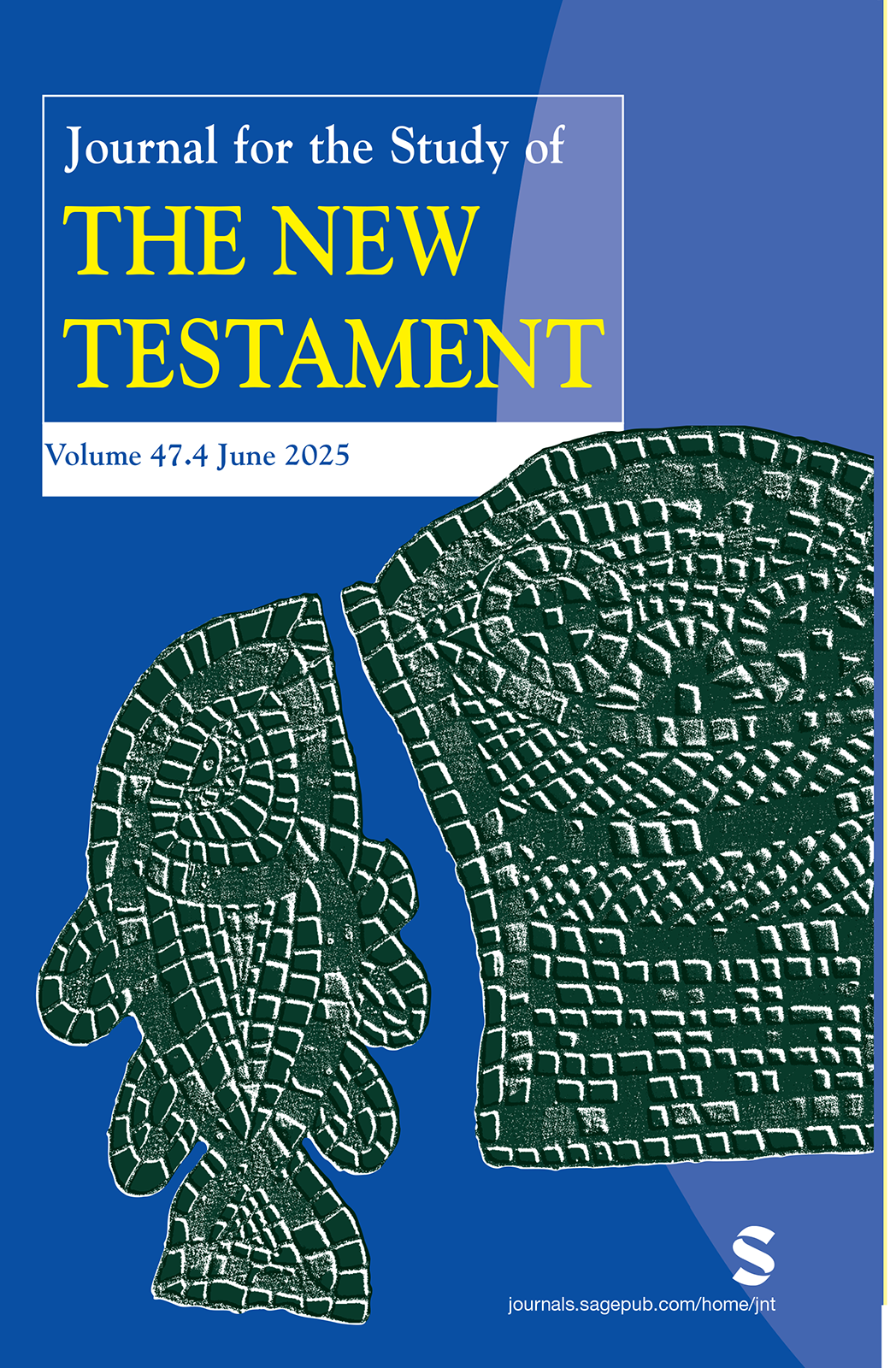https://doi.org/10.53751/001c.138383
하늘 성전 사상은 신약성서를 포함한 고대 세계에 널리 퍼져 있다. 그러나 이 주제는 신약학 연구에서 간과되어 왔는데, 특히 관련은 있지만 덜 두드러지는 주제인 ‘성전으로서의 그리스도’나 ‘성전으로서의 공동체’와 비교하면 더욱 그러하다. 본 논문은 먼저 신약성서에 나타난 이 주제의 범위를 개괄한다. 그다음, 이 주제가 간과된 이유들을 설명한 뒤, 그중 하나인 고대의 우주 개념과 현대의 과학적 우주론 사이의 불일치에 초점을 맞춘다. 또한 이 간극을 설명하려는 여러 시도들을 탐구하고 비평하는데, 이 논쟁은 볼트만의 ‘비신화화’라는 범주에 계속해서 영향을 받고 있다. 마지막으로, 신약 저자들의 우주론을 ‘신화적’으로 해석하더라도, 성전과 하늘의 연결은 하나님의 거처가 지닌 본질을 명확히 보여준다고 주장한다.
The idea of a heavenly temple is widespread in the ancient world, including in the New Testament. Yet it has been a neglected theme in New Testament scholarship, certainly by comparison with the related yet less prominent themes of Christ as temple and community as temple. This article first outlines the extent of the theme in the New Testament. It then outlines reasons for this neglect before focusing on one: the mismatch between ancient conceptualisations of the universe and modern scientific cosmology. It explores and critiques a number of attempts to account for this gulf, a debate which continues to be influenced by Bultmann’s category of demythologisation. It finally argues that, even on a ‘mythological’ construal of the New Testament writers’ cosmology, the connection of temple with heaven speaks eloquently of the nature of God’s abode.






